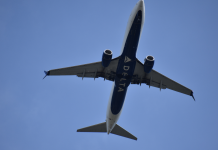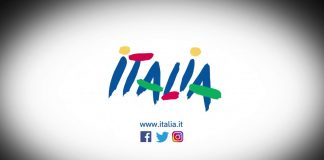Hotel demand likely won’t see a full recovery until 2023, according to a new forecast from travel data company STR and consultant Tourism Economics.
The two firms said they expect average hotel occupancy of 40% this year, slowly climbing to 52% in 2021. That’s down from a healthy 66% in 2019.
U.S. hotels have been busier this summer in beach locations like Norfolk, Virginia, where occupancy stood at 67% last week, STR said. Big cities and Hawaii have been slower to recover. Hotel occupancy in Oahu, Hawaii, stood at 20% last week, STR said.
But even as leisure demand rises, hotels are sorely missing business travel and group events like conferences and weddings.
The coronavirus will weigh heavily on travel through at least the first quarter of 2021, said Adam Sacks, the president of Tourism Economics. Sacks expects a cautious recovery in the first half of next year, with stronger growth in travel the second half.
Eric Rosengren, president of the Federal Reserve Bank of Boston, said Wednesday that the U.S. recovery has likely been prolonged by states in the South and West that reopened businesses and beaches— and then had to close them — before the virus was under control.
In Galveston, Texas, hotel occupancy hit 64% at the end of May before dropping to 48% at the end of July. Occupancy rates have been climbing again in August.
Hotel revenue will take even longer to recover, returning to normal levels in 2024, Tourism Economics and STR said. Travelers want deals, and mid-range hotels are recovering more quickly than luxury brands.
“People are going to expect a bargain for everything,” Hilton President and CEO Christopher Nassetta said last week during a conference call with investors. Hilton and Marriott both reported plunging revenue in the second quarter.
Revenue per available room — a key hotel metric — will fall to $41.31 this year, down from $86.64 in 2019, STR and Tourism Economics said.


























